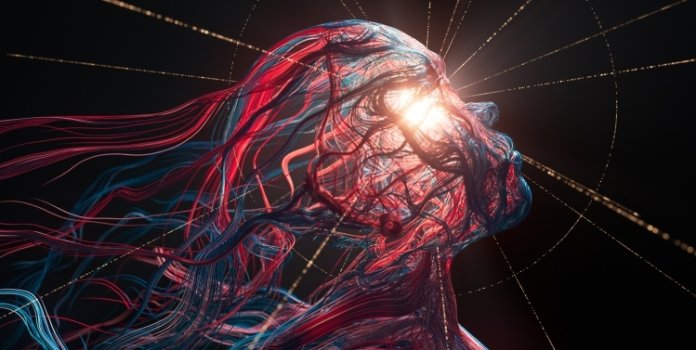With an annual growth rate of 44%, the market for AI and machine learning is drawing continued interest from business leaders across every industry. With some projections estimating that AI will boost the GDP of some local economies by 26% by 2030, it’s easy to see the rationale for the investment and hype.
Among AI researchers and data scientists, one of the major steps in ensuring AI delivers on the promise of enhanced growth and productivity is through expanding the range and capabilities of models available for organizations to use. And top of the agenda is the development, training and deployment of Deep Generative Models (DGMs) — which I consider to be some of the most exciting models set for use in industry. But why?
What are DGMs?
You’ve likely already seen the results of a DGM in action — they’re actually the same type of AI models that produce deepfakes or impressionistic art. DGMs have long excited academics and researchers in computer labs, owing to the fact that they bring together two very important techniques that represent the confluence of deep learning and probabilistic modeling: the generative model paradigm and neural networks.
A generative model is one of two major categories of AI models and, as its name suggests, it is a model that can take a dataset and generate new data points based on the input it’s received so far. This contrasts with the more commonly used — and far easier to develop — discriminative models, which look at a data point in a dataset and then label or classify it.
Continue reading: https://venturebeat.com/2022/03/20/deep-generative-models-could-offer-the-most-promising-developments-in-ai/
Among AI researchers and data scientists, one of the major steps in ensuring AI delivers on the promise of enhanced growth and productivity is through expanding the range and capabilities of models available for organizations to use. And top of the agenda is the development, training and deployment of Deep Generative Models (DGMs) — which I consider to be some of the most exciting models set for use in industry. But why?
What are DGMs?
You’ve likely already seen the results of a DGM in action — they’re actually the same type of AI models that produce deepfakes or impressionistic art. DGMs have long excited academics and researchers in computer labs, owing to the fact that they bring together two very important techniques that represent the confluence of deep learning and probabilistic modeling: the generative model paradigm and neural networks.
A generative model is one of two major categories of AI models and, as its name suggests, it is a model that can take a dataset and generate new data points based on the input it’s received so far. This contrasts with the more commonly used — and far easier to develop — discriminative models, which look at a data point in a dataset and then label or classify it.
Continue reading: https://venturebeat.com/2022/03/20/deep-generative-models-could-offer-the-most-promising-developments-in-ai/

